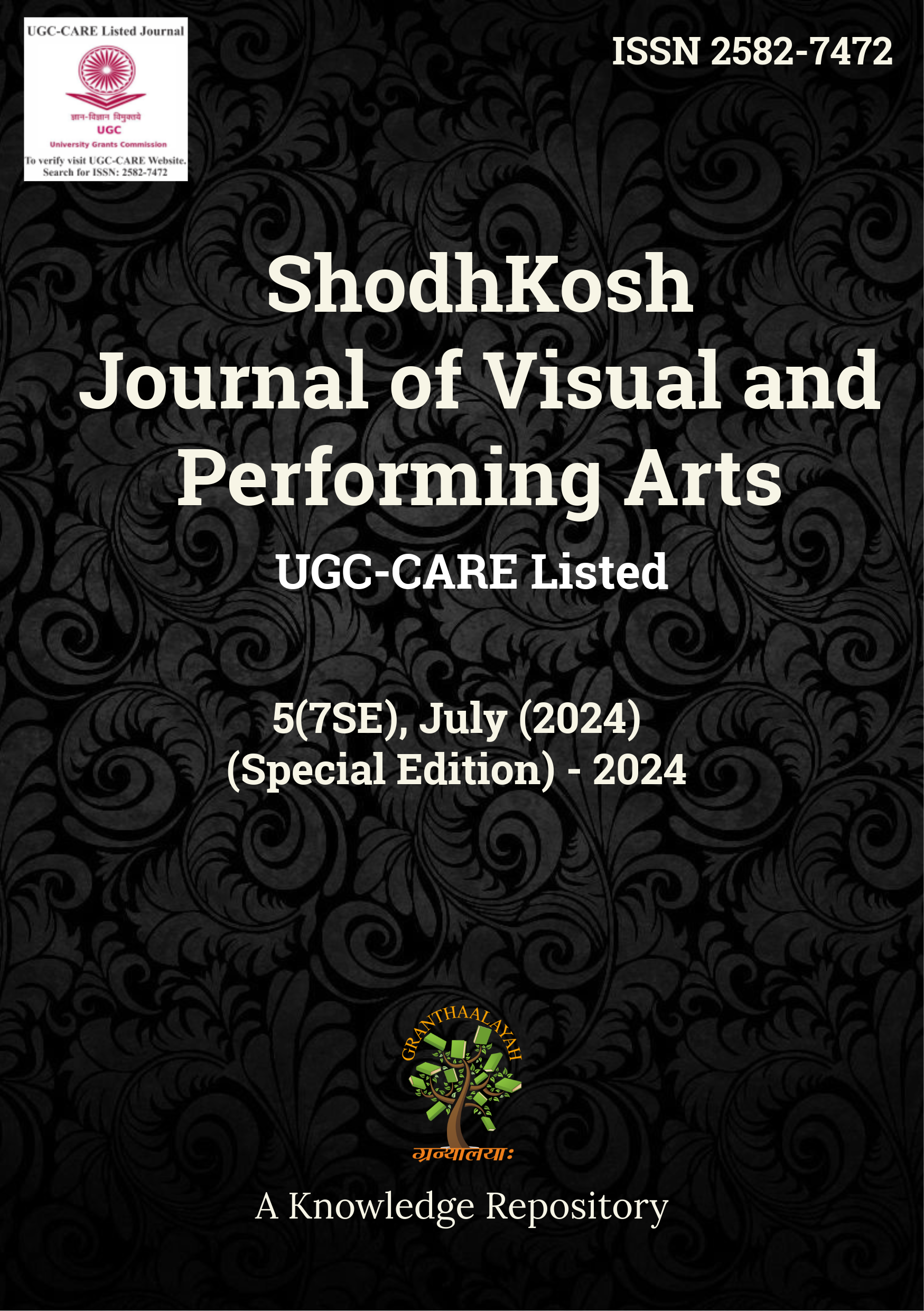AEROBIC AND ANAEROBIC CAPACITY AMONG MIDDLE-DISTANCE AND LONG-DISTANCE RUNNERS
DOI:
https://doi.org/10.29121/shodhkosh.v5.i7SE.2024.5869Keywords:
Aerobic Capacity, Anaerobic Capacity, Vo₂ Max, Lactate Threshold, Middle-Distance Running, Long-Distance Running, Endurance Training, Energy Systems, Anaerobic Power, Physiological Adaptations, Sports Performance, Metabolic Demands, Heart Rate Recovery, Lactate Clearance, Exercise PhysiologyAbstract [English]
Aerobic and anaerobic capacities are critical determinants of performance in middle-distance and long-distance running. Middle-distance runners (800m-1500m) rely on both anaerobic and aerobic energy systems, whereas long-distance runners (5000m and above) primarily depend on aerobic metabolism. This study aims to compare the aerobic and anaerobic capacities of middle-distance and long-distance runners to understand their physiological adaptations and energy system contributions. The methodology involved assessing VO₂ max, lactate threshold, and anaerobic power output in a sample of competitive male and female runners. The results indicate significant differences in VO₂ max values, lactate accumulation, and recovery rates between the two groups, highlighting the importance of training specificity. This paper discusses the implications of these findings in sports science, training strategies, and performance enhancement for middle-distance and long-distance runners.
References
Svedenhag, J., &Sjödin, B. (1991). Aerobic and anaerobic exercise capacities of elite middle-distance runners after two weeks of training at moderate altitude. Scandinavian Journal of Medicine & Science in Sports, 1(4), 205–214. DOI: https://doi.org/10.1111/j.1600-0838.1991.tb00297.x
Sandford, G. N., Allen, S. V., Kilding, A. E., Ross, A., &Laursen, P. B. (2021). Aerobic and Anaerobic Speed Predicts 800-m Running Performance: A Validation Study. Frontiers in Physiology, 12, 672141.
Sandford, G. N., Laursen, P. B., &Buchheit, M. (2021). Crossing the Golden Training Divide: The Science and Practice of Training World-Class 800- and 1500-m Runners. Sports Medicine, 51(9), 1835–1854. DOI: https://doi.org/10.1007/s40279-021-01481-2
Tanji, F., Tsuji, T., Shimazu, W., &Nabekura, Y. (2018). Relationship between 800-m Running Performance and Aerobic and Anaerobic Energy Metabolism Capacities in Well-Trained Middle-Distance Runners. International Journal of Sport and Health Science, 16, 70–76. DOI: https://doi.org/10.5432/ijshs.201724
Houmard, J. A., Costill, D. L., Mitchell, J. B., Park, S. H., Hickner, R. C., &Roemmich, J. N. (1991). The role of anaerobic ability in middle distance running performance. European Journal of Applied Physiology and Occupational Physiology, 62(1), 40–43. DOI: https://doi.org/10.1007/BF00635632
Garbisu-Hualde, A., & Santos-Concejero, J. (2022). Aerobic fitness parameters and endurance running performance of well-trained athletes: A time- or distance-dependent relationship? Frontiers in Physiology, 13, 9253837.
Kes, M. A., &Puspitasari, D. (2020). Physical Analysis of Capacity of Sprint and Middle Distance Runners. International Journal of Innovation, Creativity and Change, 14(4), 37–50.
Saad, T., Salim, S., &Belfritas, Y. (2024). The effect of aerobic and anaerobic exercises on maximum oxygen consumption and specific speed according to the target time for 1500m runners. International Journal of Health Sciences, 8(S1), 166–185. DOI: https://doi.org/10.53730/ijhs.v8nS1.14734
Downloads
Published
How to Cite
Issue
Section
License
Copyright (c) 2024 Rajshekhar M Maheshwadagi

This work is licensed under a Creative Commons Attribution 4.0 International License.
With the licence CC-BY, authors retain the copyright, allowing anyone to download, reuse, re-print, modify, distribute, and/or copy their contribution. The work must be properly attributed to its author.
It is not necessary to ask for further permission from the author or journal board.
This journal provides immediate open access to its content on the principle that making research freely available to the public supports a greater global exchange of knowledge.































